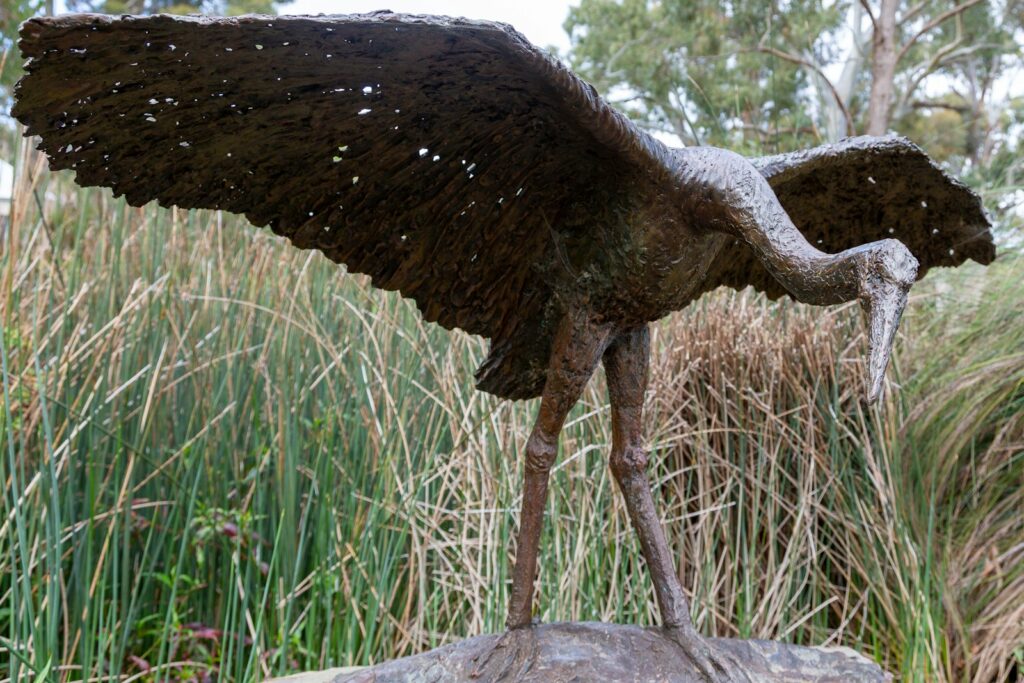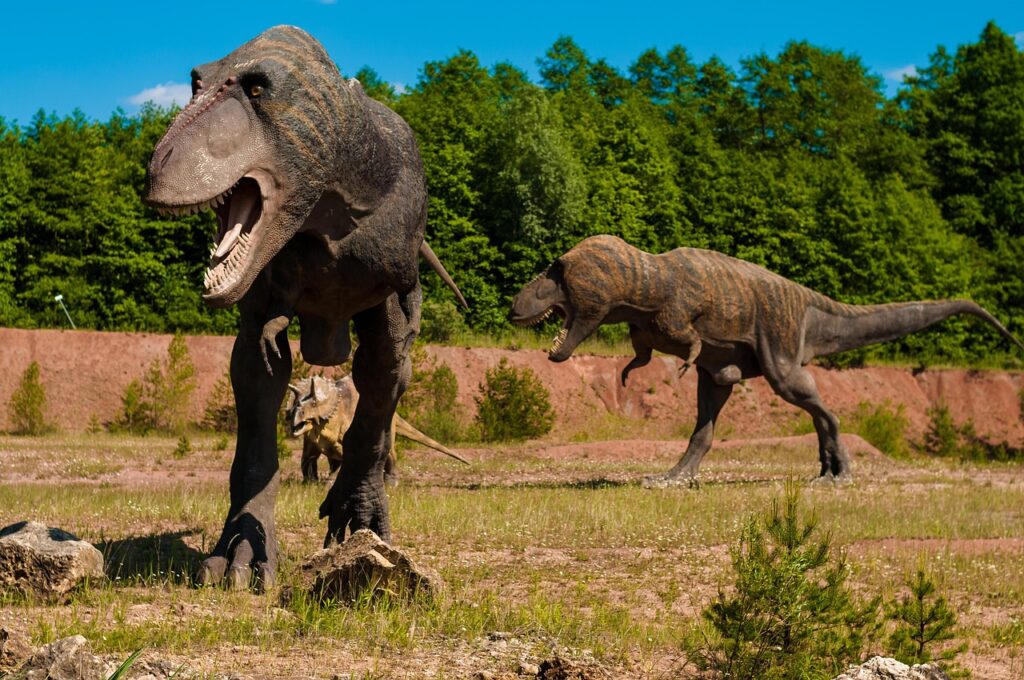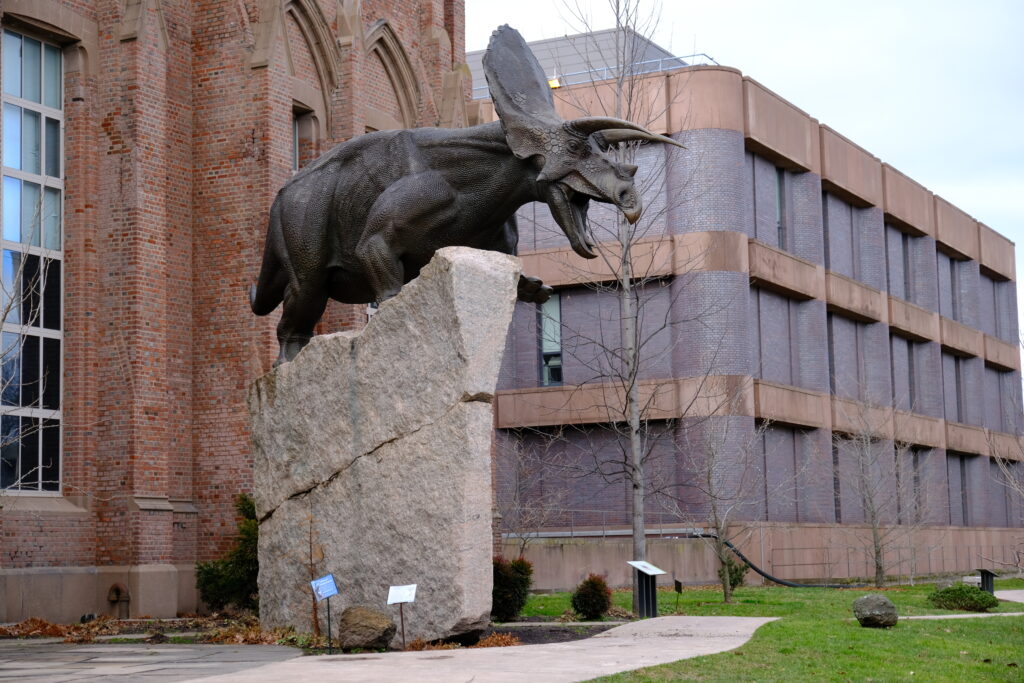Picture this: 160 million years ago, a feathered creature no bigger than a pigeon leaps from a towering conifer tree, spreads its wings, and glides through the humid Jurassic air. This isn’t science fiction—it’s the reality that recent fossil discoveries are painting for us. The story of flight’s origin has just gotten a major rewrite, and it’s more extraordinary than we ever imagined.
The Jurassic Sky Was Busier Than We Thought
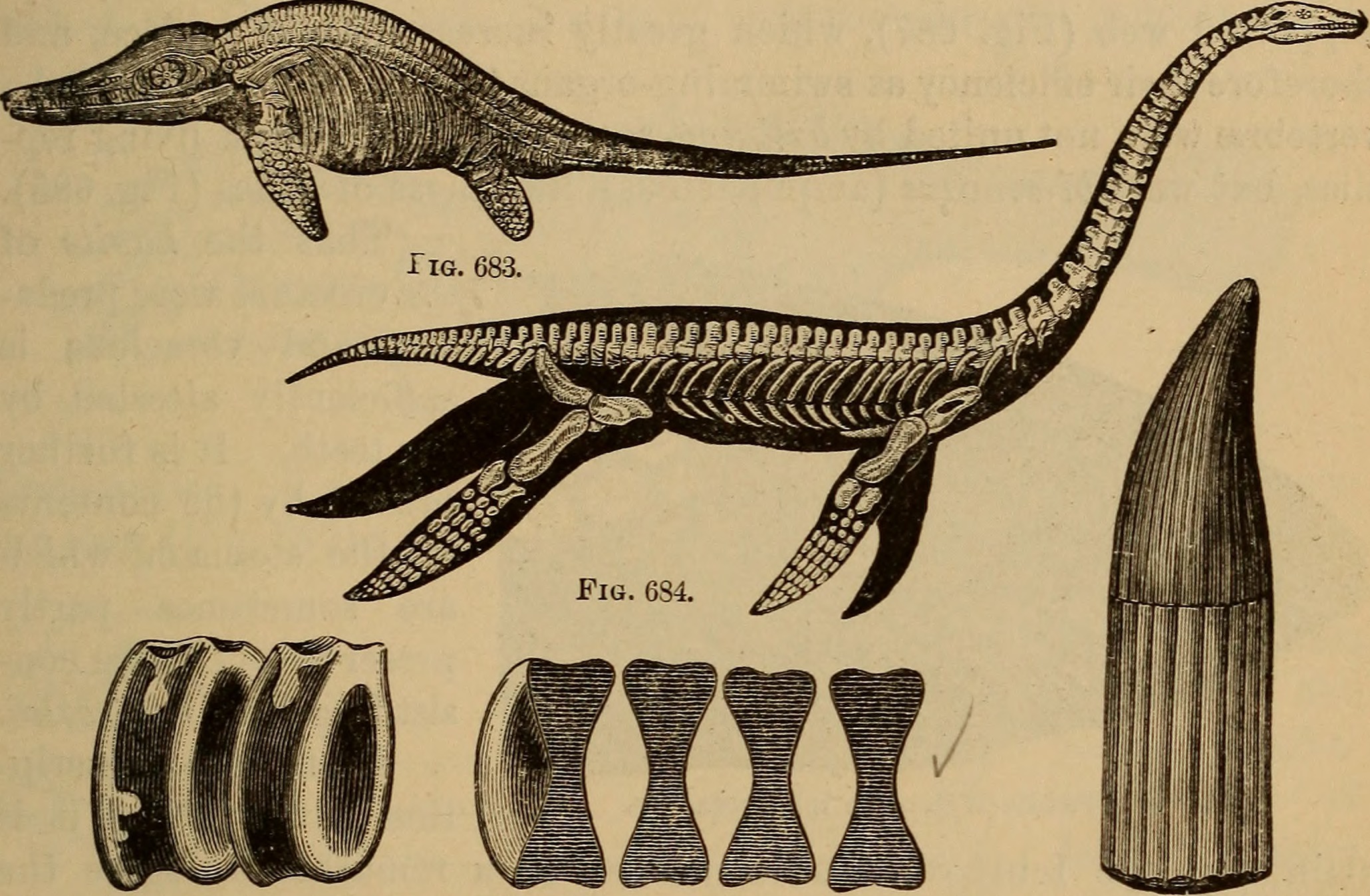
Recent excavations in China’s Liaoning Province have unearthed fossils that completely challenge our understanding of when flight first took to the skies. These discoveries suggest that powered flight didn’t emerge gradually during the Cretaceous period as previously believed, but exploded onto the scene much earlier during the Middle Jurassic. The implications are staggering—imagine a world where dinosaurs shared the sky with multiple flying species, creating an aerial ecosystem far more complex than paleontologists had ever dreamed.
Scientists have identified at least seven distinct lineages of flying creatures from Jurassic deposits, each with unique adaptations for aerial locomotion. This diversity suggests that flight evolved multiple times independently, creating a prehistoric arms race in the skies that lasted millions of years.
Scansoriopterygids: The Forgotten Pioneers
Long before Archaeopteryx became the poster child for early flight, a group of small dinosaurs called scansoriopterygids were already experimenting with aerial locomotion. These bat-winged dinosaurs, including species like Ambopteryx and Yi qi, possessed membrane wings stretched between elongated finger bones—a completely different approach to flight than the feathered wings we see in birds today. Their discovery in 2019 sent shockwaves through the paleontological community, proving that nature had multiple solutions to the challenge of conquering the air.
These creatures weren’t just gliders either. Analysis of their wing structure and muscle attachment points suggests they were capable of powered flight, albeit limited compared to modern birds. Think of them as the experimental prototypes in evolution’s flight laboratory, testing radical designs that would eventually be abandoned in favor of more efficient feathered wings.
The Feathered Revolution
While scansoriopterygids were perfecting their membrane wings, another group of dinosaurs was developing something entirely different: feathers. Recent discoveries of exquisitely preserved feathered dinosaurs from the Jurassic period reveal that complex flight feathers evolved much earlier than scientists previously thought. These weren’t the simple, hair-like proto-feathers we see in some dinosaurs, but sophisticated asymmetrical flight feathers with the same aerodynamic properties as modern bird wings.
The discovery of Aurornis xui, a 160-million-year-old feathered dinosaur, pushed back the timeline for advanced feather evolution by at least 10 million years. Its feathers show the same intricate microstructure as those of contemporary birds, complete with barbules and hooklets that create the smooth, aerodynamic surface essential for efficient flight.
Pterosaur Dominance Began Earlier
Pterosaurs, the true giants of prehistoric flight, were already well-established by the Jurassic period, but new evidence suggests their diversification began even earlier than previously thought. Recent discoveries of Middle Jurassic pterosaur fossils reveal species with wingspans exceeding 10 meters—massive aerial predators that dominated the skies while early birds were still learning to fly. These discoveries paint a picture of Jurassic skies filled with giants, from the massive Quetzalcoatlus-like predators to tiny, hummingbird-sized species that fed on insects.
The diversity of pterosaur species from this period is remarkable, with some adapted for soaring over oceans, others for maneuvering through dense forests, and still others for high-altitude flight. This level of ecological specialization suggests that pterosaurs had been perfecting their aerial adaptations for millions of years before the Jurassic period began.
Insect Evolutionary Arms Race
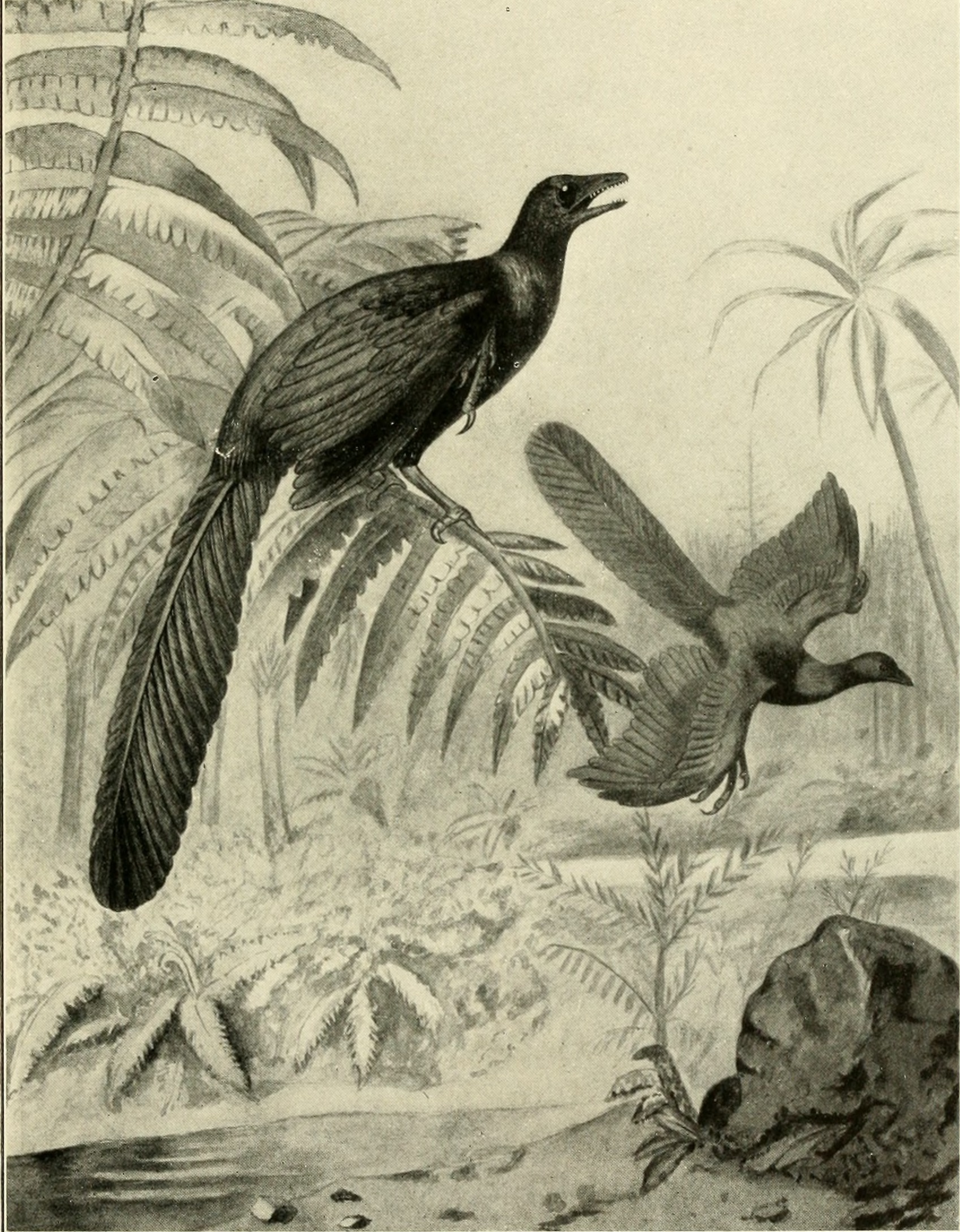
The emergence of multiple flying vertebrate lineages during the Jurassic didn’t happen in a vacuum—it was driven partly by an evolutionary arms race with insects. Flying insects had already been diversifying for over 100 million years by the Jurassic, creating a rich aerial ecosystem that provided both prey and competition for newly flying vertebrates. Recent analysis of fossilized insects from Jurassic deposits reveals species with sophisticated evasion strategies, including rapid direction changes and complex flight patterns designed to escape aerial predators.
Some insects even developed early warning systems, using sound and chemical signals to alert others to the presence of flying predators. This co-evolutionary dance between hunters and hunted created intense selective pressure that drove rapid innovation in flight capabilities across multiple animal groups.
Environmental Pressures Driving Flight
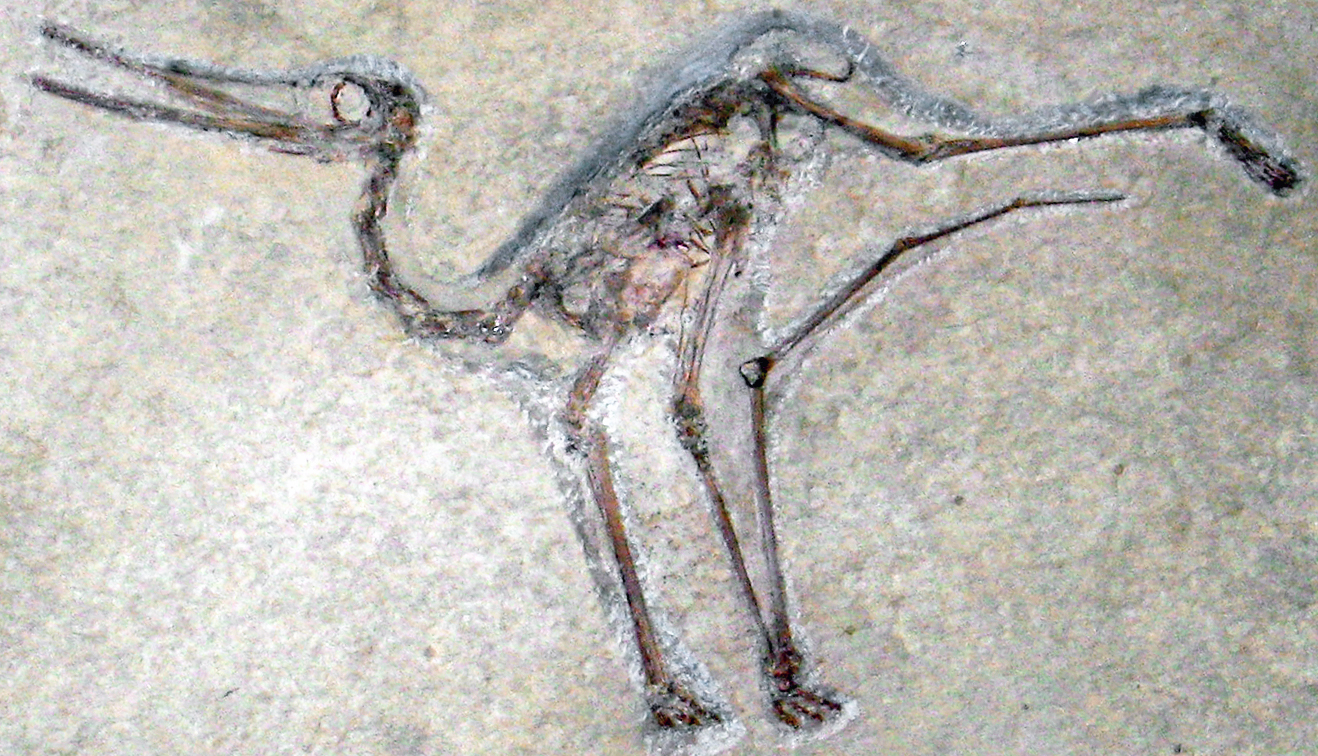
The Middle Jurassic period was characterized by dramatic environmental changes that created perfect conditions for the evolution of flight. Rising sea levels fragmented continental landmasses, creating island chains that favored species capable of crossing water barriers. Meanwhile, the proliferation of tall coniferous forests provided abundant perches and gliding opportunities for proto-flying species.
Climate data from this period reveals a world of intense seasonal variation, with some regions experiencing months of drought followed by torrential rains. Animals capable of flight could escape these harsh conditions by migrating to more favorable areas, providing a significant survival advantage that drove the rapid evolution of aerial capabilities.
The Biomechanics of Early Flight
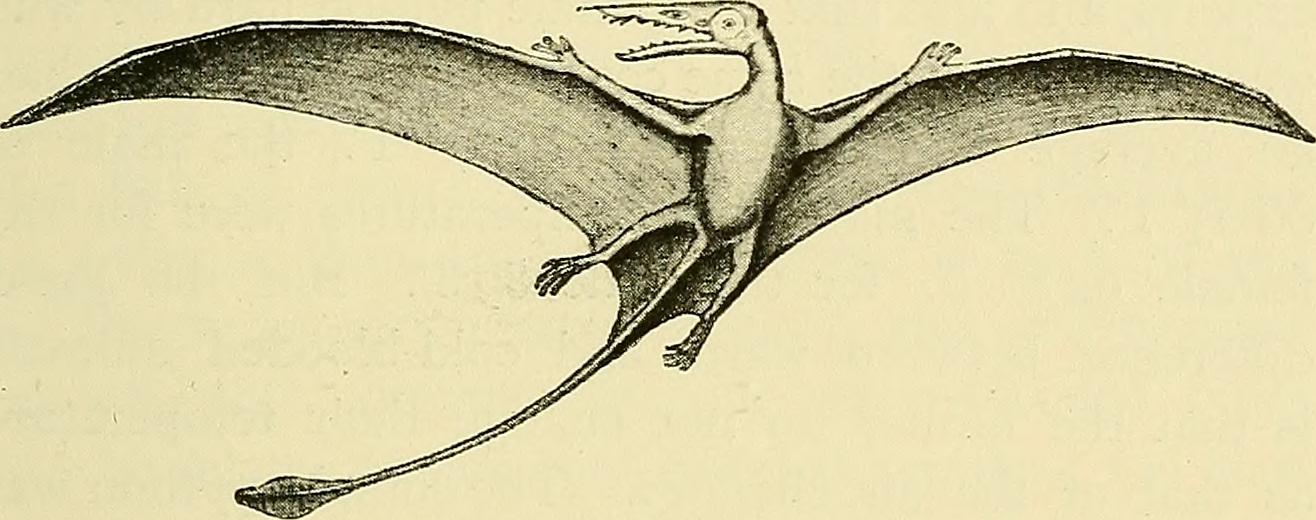
Understanding how these early flyers actually achieved powered flight has required groundbreaking advances in biomechanical analysis. Computer modeling of fossil wing bones reveals that early flying dinosaurs used a completely different flight stroke than modern birds, generating lift through rapid wing beats combined with subtle changes in wing angle. This “flutter-flight” technique was less efficient than modern bird flight but allowed these pioneers to achieve powered flight with relatively simple muscle arrangements.
The discovery of preserved flight muscles in some specimens has revealed the incredible power-to-weight ratios these early flyers achieved. Some species generated nearly three times more power per gram of muscle than modern birds, compensating for their less efficient wing designs through sheer muscular force.
Fossil Evidence From Around the Globe
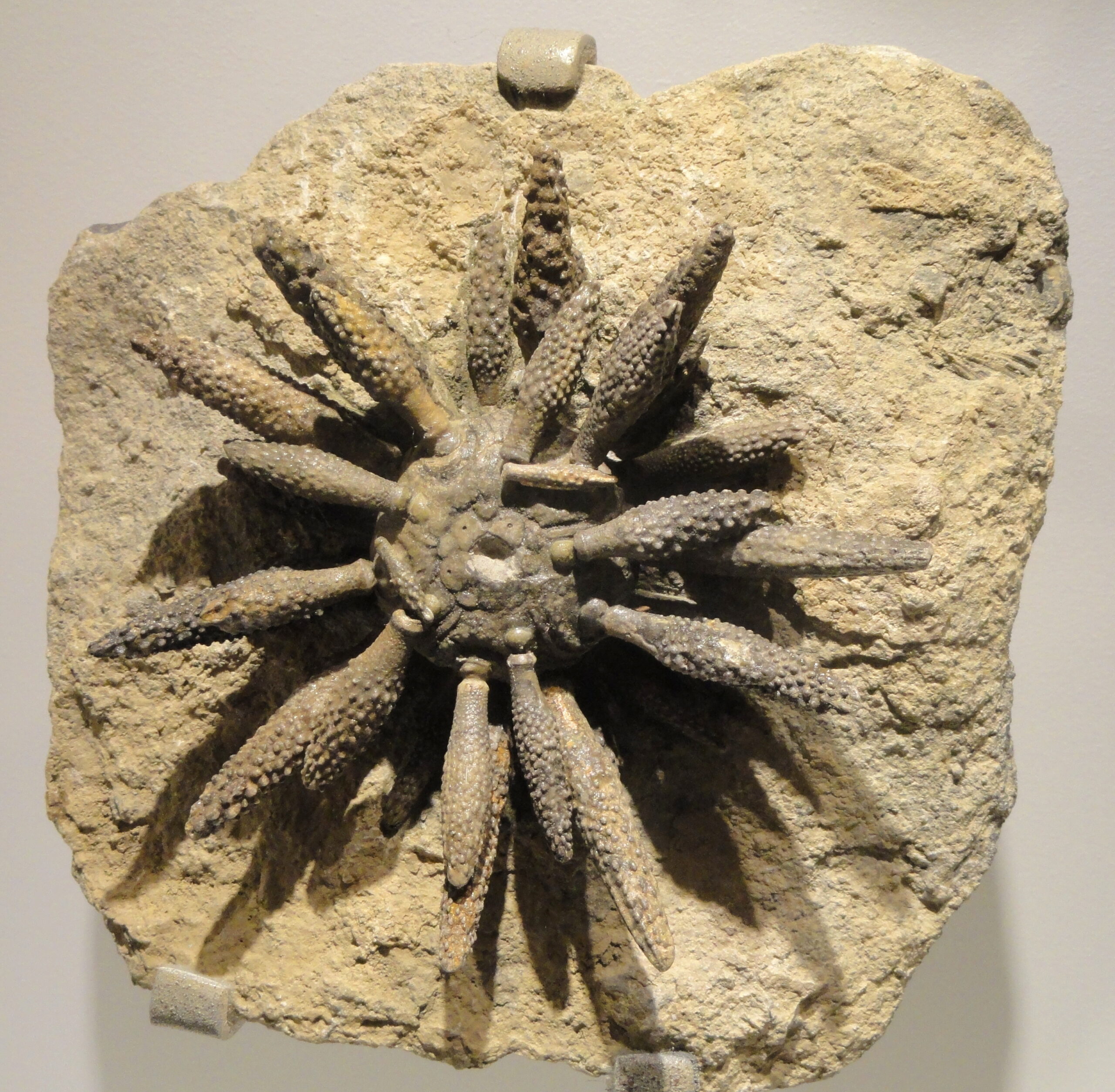
While China’s Liaoning Province has yielded the most spectacular flying dinosaur fossils, evidence for Jurassic flight is emerging from fossil sites worldwide. Recent discoveries in Germany, Portugal, and even North America are painting a global picture of widespread flight evolution during this crucial period. Each region shows unique adaptations to local environmental conditions, suggesting that flight evolved independently in multiple locations around the world.
The preservation quality of these fossils is extraordinary, with some specimens retaining original coloration patterns and even microscopic details of feather structure. This level of preservation is allowing scientists to reconstruct not just the anatomy of these creatures, but their behavior, ecology, and evolutionary relationships with unprecedented accuracy.
Molecular Clocks Confirm Ancient Origins
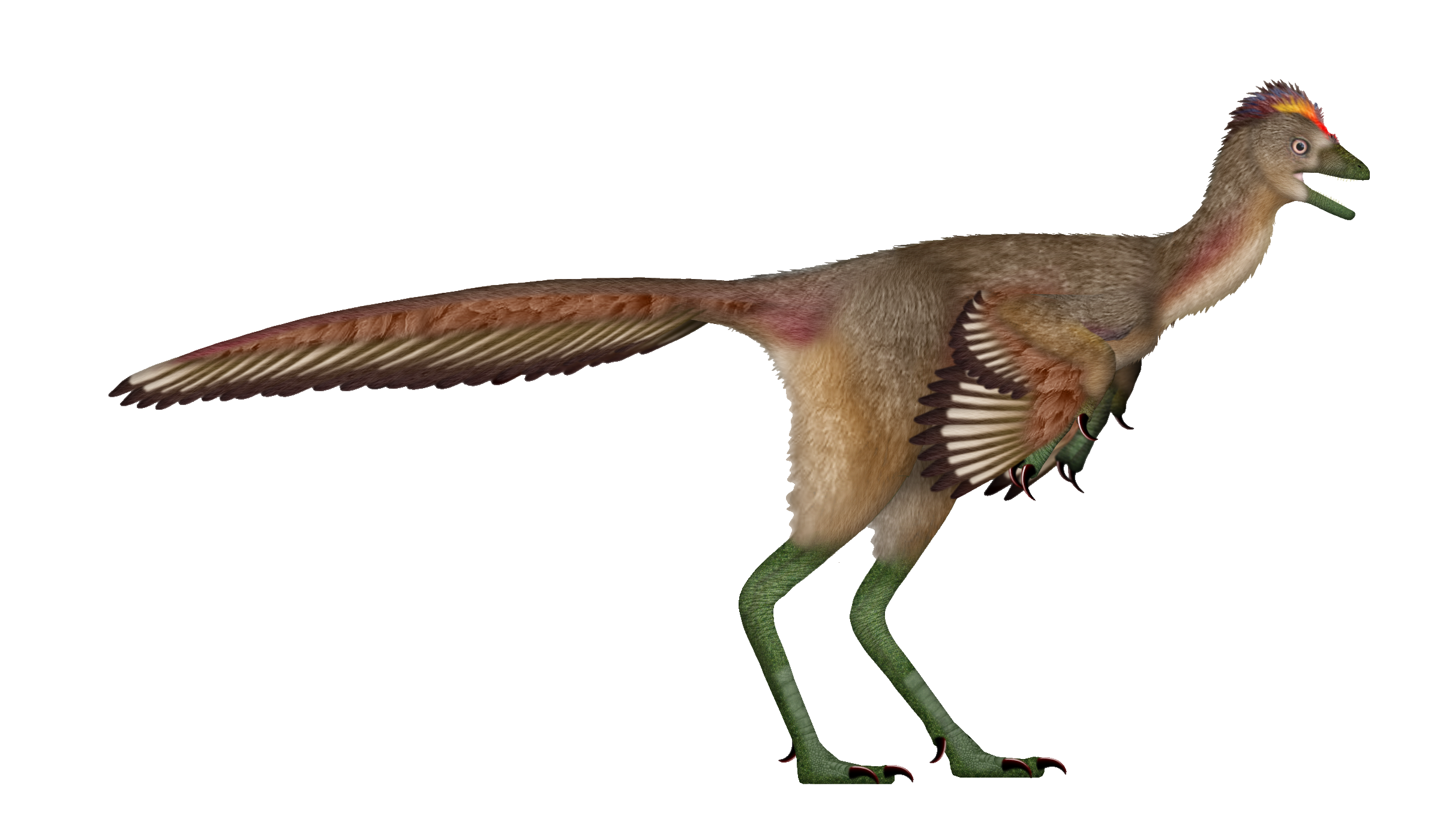
Genetic analysis of modern flying animals is providing independent confirmation of these fossil discoveries. Molecular clock studies, which use genetic mutation rates to estimate when species diverged, consistently point to flight origins much earlier than previously thought. These studies suggest that the genetic innovations necessary for flight—including specialized respiratory systems, hollow bones, and complex muscle arrangements—evolved during the Jurassic period.
The discovery of flight-related genes in modern birds and bats that show ancient origins provides compelling evidence that multiple lineages were experimenting with aerial locomotion simultaneously during the Jurassic. This genetic evidence perfectly complements the fossil record, creating a comprehensive picture of early flight evolution.
Revolutionizing Our Understanding of Ecosystems
The revelation that flight was already well-established by the Jurassic period is forcing scientists to completely rethink prehistoric ecosystems. Instead of simple terrestrial food webs, Jurassic environments featured complex three-dimensional ecosystems with aerial predators, migrating species, and intricate interactions between flying and ground-dwelling animals.
This new understanding is revealing that some of the most famous dinosaurs lived in environments far more dynamic and complex than previously imagined. Massive sauropods shared their world with aerial predators capable of attacking from above, while small theropods competed with flying species for insect prey and nesting sites.
The Role of Sexual Selection

One of the most intriguing aspects of early flight evolution is the role that sexual selection may have played in driving aerial adaptations. Many of the earliest flying dinosaurs show evidence of elaborate plumage displays and colorful feather patterns that seem excessive for simple flight requirements. This suggests that the ability to perform aerial courtship displays was a major factor in the evolution of flight capabilities.
Recent discoveries of fossilized nests and eggs associated with flying dinosaurs reveal complex breeding behaviors that required sophisticated aerial abilities. Some species appear to have built nests in extremely inaccessible locations, suggesting that flight was as much about reproduction as it was about survival.
Technology Revealing Ancient Secrets
Advanced imaging techniques are revealing details about Jurassic flight that would have been impossible to detect just a few years ago. High-resolution CT scans of fossil skulls are showing the development of enlarged brain regions associated with flight control, while synchrotron X-ray analysis is revealing the internal structure of fossil feathers in unprecedented detail.
These technologies are even allowing scientists to estimate the flight speeds and maneuverability of extinct species by analyzing wing loading and muscle attachment points. The results suggest that some Jurassic flyers were capable of aerial performances that rival modern birds, including high-speed dives and complex aerial maneuvers.
Modern Implications and Future Discoveries
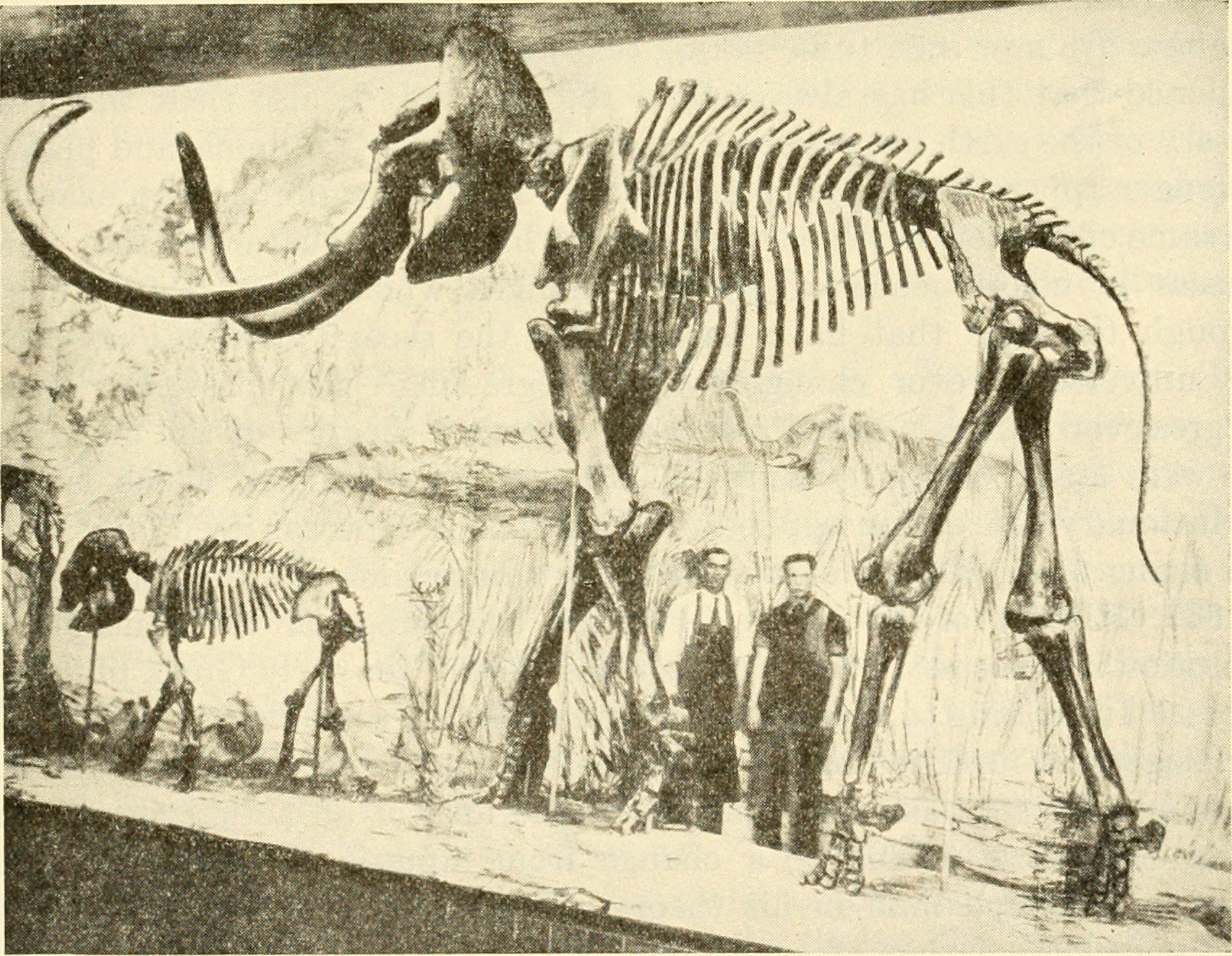
The discovery that flight evolved multiple times during the Jurassic period has profound implications for our understanding of evolutionary processes. It suggests that the transition from terrestrial to aerial lifestyles may be easier than previously thought, requiring fewer genetic innovations and environmental pressures than scientists once believed.
This research is also informing modern biomimetic engineering projects, as engineers study the diverse flight strategies of Jurassic-era species to develop new approaches to aerial robotics and aircraft design. The unique wing designs and flight techniques of these ancient creatures are inspiring innovations in everything from drone technology to spacecraft design.
Conclusion: Rewriting the Story of Flight
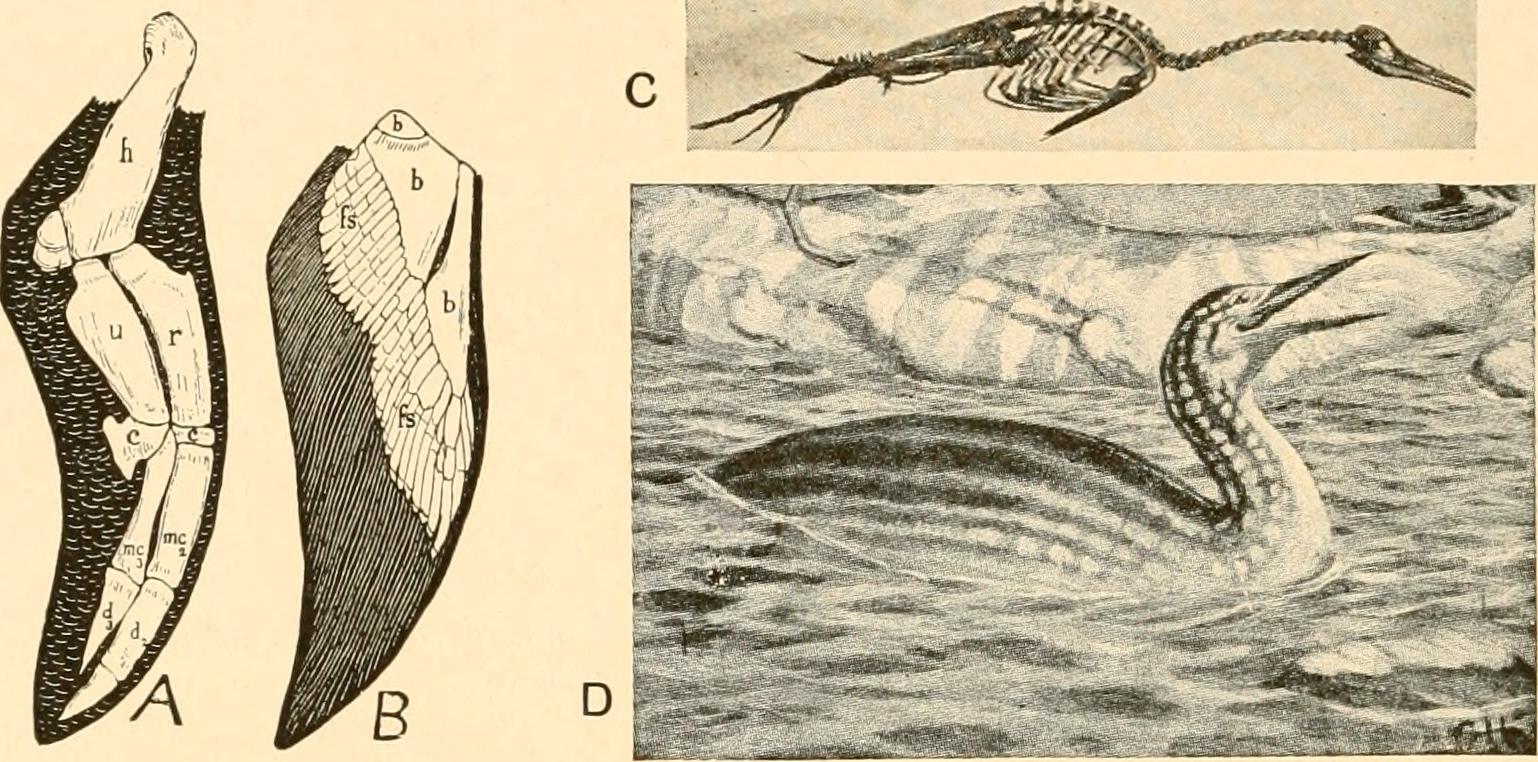
The evidence is now overwhelming: flight didn’t gradually emerge during the Cretaceous period as a rare evolutionary innovation, but exploded onto the scene during the Jurassic as multiple lineages independently conquered the skies. This revelation transforms our understanding of prehistoric life, revealing ecosystems of breathtaking complexity where massive flying reptiles, feathered dinosaurs, and membrane-winged gliders shared the ancient atmosphere.
The next time you watch a bird soar overhead, remember that its ancestors were already perfecting their aerial ballet 160 million years ago, in skies far more crowded and competitive than anything we see today. The story of flight is still being written with each new fossil discovery, but one thing is clear: the Jurassic period was the golden age of aerial innovation, when evolution took its boldest leaps into the endless sky.
What other secrets are buried in those ancient rocks, waiting to transform our understanding of life’s greatest achievements?

